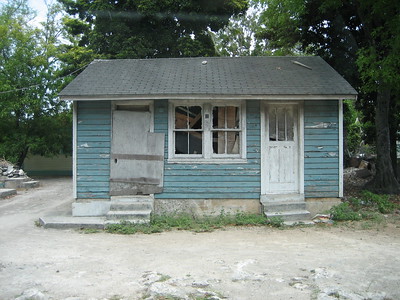Yesterday, I wrote about some new analysis that shows that community colleges (including Washtenaw Community College) generally do a poor job of helping low-income students improve their economic standing through post-secondary education. In particular, data that WCC provided to the US Department of Education shows that while more than 25% of WCC students are Pell eligible, fewer than 15% complete a degree within 6 years. When they do, the median income for these students is less than $30,000.
To add a little context to the data, WCC is still considered a “certificate school.” This means that the predominant credential that WCC issues is a non-degree certificate. Currently, about two of three academic programs at WCC result in certificates rather than degrees. Our generously funded, degree-granting community college has prioritized issuing certificate of completion instead of college degrees. (Nice.)
Second, WCC has an overall graduation rate of 28%. The median completion rate for all other certificate schools is 68%. So, even though a certificate program is much shorter and less expensive than a degree program, WCC’s approach to credentialing students has not produced a higher completion rate, or even an average completion rate. Its completion rate is about 2.5 times lower than the average certificate school. That completion rate figure of 28% represents all enrolled students at WCC.
Third, the completion rate for low-income students – those from households with incomes below $30,000 – is 15%. That’s slightly more than half of WCC’s overall completion rate. For low-income students at WCC, their median income six years after enrolling at WCC is $29,600. The median income for all students is around $36,000 (ten years after completion).
Lastly, the living wage in Washtenaw County is about $39,000 per year.
Low-income residents would benefit from more oversight at WCC
As taxpayers, we are lavishly funding a community college whose purpose is to provide low-cost, high-value education and training. Most of its academic programs flout the statewide goal of having adults earn at least 60 post-secondary credits. Generally, its academic programs don’t lead to jobs with enough earning potential for them to remain in Washtenaw County.
So, what is the message that WCC sends to low-income students in Washtenaw County? If you’re already poor, don’t come here? WCC isn’t going to help you escape poverty? Go live somewhere else?
Washtenaw County taxpayers give WCC sufficient funds to create outstanding academic programs and provide the level of support that students need to complete their degree programs. With the blessings of the WCC Board of Trustees, those funds get pissed away on expenses like executive hires (12 vice presidents); a quasi-private, taxpayer funded health club that’s hemorrhaged millions of dollars since it opened ; a 10-year plan (at a cost of nearly $250,000) that “imagines” a hotel and conference center on campus – also to be built with taxpayer funds – and a building with virtually no academic value with its costs being handed to the students in the form of tuition and fee increases.
The fact that WCC cannot educate low-income students well enough or effectively enough to enable them to escape poverty is a failure of leadership at the very highest levels. It is also a failure of oversight on the part of the WCC Board of Trustees. These people were elected (or appointed) to provide authentic oversight of the expenditure of our tax dollars. Instead, we have an over-funded, under-performing institution that cannot adequately perform its primary function.
And no one in a position to do so says a thing.
Photo Credit: amichan83 , via Flickr




























